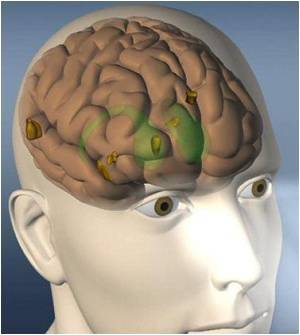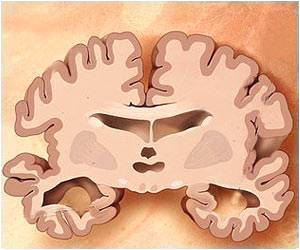Overexpression of alpha-synuclein protein disrupts the vital recycling processes in neurons, say researchers.

"This is an important new insight. I don't think anybody realized just how big a role alpha-synuclein played in managing the retrieval of worn-out proteins from synapses and the role of alterations in this process in development of PD," said principal investigator Mark H. Ellisman, PhD, professor of neurosciences and bioengineering and director of the National Center for Microscopy and Imaging Research (NCMIR), based at UC San Diego.
Parkinson's disease is characterized by the gradual destruction of select brain cells that produce dopamine, a neurotransmitter involved in regulating movement and emotion. Symptoms include increasing loss of muscle and movement control. While most cases are sporadic – that is, their causes are unknown – there are also inherited forms of PD linked to specific gene mutations and modifications.
The UC San Diego researchers, with colleagues at the University of Illinois, Urbana, focused upon one of those gene products: alpha-synuclein. Using a variety of leading-edge imaging technologies, including a new fluorescent tagging technique developed for electron microscopy by UC San Diego Nobel laureate Roger Tsien's lab and colleagues at NCMIR, the scientists created three-dimensional maps of alpha-synuclein distribution both in cultured neurons and in the neurons of mice engineered to over-express the human protein.
They found that excess levels of alpha-synuclein accumulated in the presynaptic terminal – part of the junction where axons and dendrites of brain cells meet to exchange chemical signals.
"The over-expression of alpha-synuclein caused hypertrophy in these terminals," said Daniela Boassa, PhD, a research scientist at NCMIR and the study's first author. "The terminals were enlarged, filled with structures we normally don't see."
Advertisement
"Other studies have noted that PD is characterized by progressive loss of vesicle traffic, and neurotransmitter release," Boassa said. "Our study provides a structural and mechanistic explanation for why that happens."
Advertisement
"The better we understand the mechanisms of PD, the easier it will be to develop clinical interventions," she said.
Source-Eurekalert












